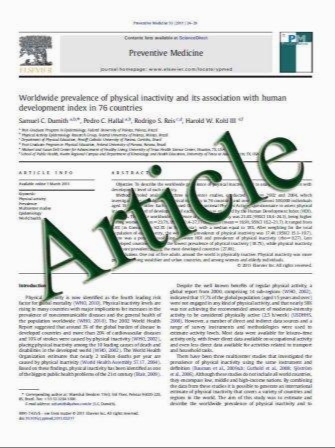Mid-term outcomes of computer-assisted total knee arthroplasty
- نوع فایل : کتاب
- زبان : انگلیسی
- مؤلف : Kazunari Ishida • Tomoyuki Matsumoto • Nobuhiro Tsumura • Seiji Kubo • Atsushi Kitagawa • Takaaki Chin • Tetsuhiro Iguchi • Masahiro Kurosaka • Ryos
- چاپ و سال / کشور: 2011
Description
Purpose The aim of this study is to investigate the clinical results of total knee arthroplasty (TKA) using a navigation system after a minimum of 5 years. Method Thirty cases of posterior-stabilized, TKAimplanted using a computed tomography-free navigation system were compared with 30 cases having matched TKA of the same type implanted via a classical, manual technique. At mid term, a minimum of 5 years after surgery, Knee Society scores (KSSs), Knee Society Functional scores (KSFSs), range of motion (ROM), and radiographic results of 27 patients in each group were assessed and reported in this study. Results The accuracy of the implantations in relation to the coronal mechanical axis in the navigation group was superior to that of the manual group (P\0.01). The femoral rotational profile revealed the prosthesis in the navigation group that was implanted with significantly less internal rotation than the manual group. Mid-term 5-year clinical results, including ROMs and KSSs, were significantly better in the navigation group (P\0.01). KSFSs were equally good in both the groups. Conclusion Better alignment and similarity of good clinical results at mid-term follow up may provide patients who receive navigation TKA with long-term endurance of their implants. Further studies on longer-term outcomes and functional improvements are required to validate these possibilities. Level of evidence Prospective comparative study, Level II.
Knee Surg Sports Traumatol Arthrosc (2011) 19:1107–1112 DOI 10.1007/s00167-010-1361-4 Received: 18 January 2010 / Accepted: 7 December 2010 / Published online: 14 January 2011


